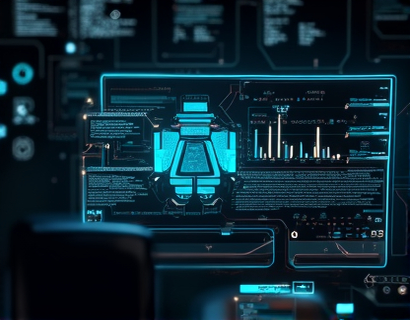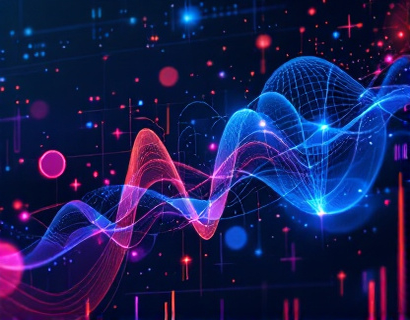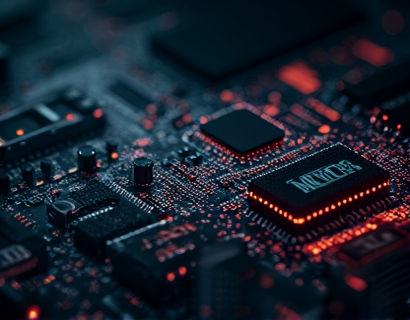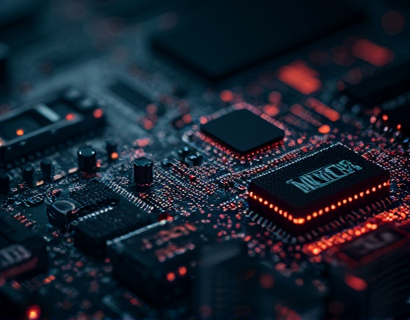AI-Powered Translation Guide: Navigating Services and Industry Insights for All
The world has become increasingly interconnected, and with this globalization comes the need for effective communication across linguistic barriers. Translation services have evolved significantly, thanks to advancements in artificial intelligence and machine learning. This article delves into the realm of AI-powered translation tools, exploring the services available, industry insights, and how these technologies are making language barriers more manageable for everyone, including students and young learners.
Understanding AI-Powered Translation Services
AI-powered translation services leverage sophisticated algorithms and neural networks to provide accurate and context-aware translations. Unlike traditional rule-based translation methods, AI systems can understand and interpret the nuances of language, including idioms, colloquialisms, and cultural references. This results in more natural and fluent translations that better convey the intended message.
The core of these systems lies in their ability to learn from vast amounts of data. Through machine learning, AI translation tools continuously improve their accuracy and adapt to new language trends. This dynamic learning process ensures that translations remain up-to-date and relevant, even as language usage evolves over time.
Benefits of AI in Translation
One of the most significant advantages of AI in translation is efficiency. AI tools can process and translate large volumes of text much faster than human translators, making them ideal for businesses that require quick turnaround times. This speed, combined with cost-effectiveness, makes AI translation services accessible to a broader range of users, from small startups to large corporations.
Another benefit is consistency. AI systems can maintain a high level of accuracy and uniformity across translations, reducing the risk of human error. This consistency is particularly valuable in industries where precise communication is crucial, such as legal, medical, and technical fields.
Industry Trends in Translation Technology
The translation industry is witnessing a technological revolution, driven by AI and other innovative solutions. One prominent trend is the rise of neural machine translation (NMT), which has surpassed traditional methods in terms of accuracy and fluency. NMT models, such as Google's Neural Machine Translation, use deep learning to generate translations that are more contextually appropriate and natural-sounding.
Another trend is the integration of AI with other technologies, such as natural language processing (NLP) and computer vision. These integrations enable more sophisticated translation applications, including real-time translation for video and audio content, and visual translation for signs and documents.
The COVID-19 pandemic has also accelerated the adoption of AI translation tools, as businesses and individuals sought ways to communicate across languages while maintaining social distancing. Remote collaboration tools, equipped with AI translation features, have become essential for global teams to work effectively.
AI Tools for Language Learning and Education
For students and young learners, AI-powered translation tools offer a valuable resource for language acquisition. These tools can provide instant translations, helping learners understand new vocabulary and grammatical structures. Additionally, AI can offer explanations and examples in the target language, reinforcing learning through interactive and engaging content.
Educational platforms are increasingly incorporating AI translation features to support language courses. These tools can assist teachers in grading translations, providing feedback, and identifying areas where students need additional support. For self-learners, AI translation apps can serve as personal language coaches, offering real-time corrections and suggestions.
Ensuring Accuracy and Reliability
While AI translation tools have made significant strides, ensuring the accuracy and reliability of translations remains a priority. Developers continuously work on improving algorithms and expanding language databases to cover more languages and dialects. Content verification processes are also implemented to maintain high standards of quality.
For critical translations, such as those in legal or medical contexts, it is essential to use AI as a supplementary tool rather than a replacement for human expertise. Human translators can review and refine AI-generated translations, ensuring that the final output is accurate and culturally appropriate.
AI Translation for Business and Commerce
In the business world, effective communication across languages is vital for success in global markets. AI translation tools can help companies overcome language barriers by providing quick and accurate translations of documents, websites, and customer communications. This capability is particularly beneficial for multinational corporations that operate in multiple countries.
AI-powered translation services can also assist in market research and customer insights by translating feedback and reviews from different languages. This allows businesses to gain a comprehensive understanding of their global customer base and make informed decisions based on diverse perspectives.
Accessibility and Inclusivity
One of the most compelling aspects of AI translation technology is its potential to promote accessibility and inclusivity. For individuals with hearing impairments, real-time translation services can make conversations more accessible. Similarly, travelers and expatriates can use AI translation apps to navigate unfamiliar environments and communicate with locals.
For students and young learners, AI translation tools break down language barriers, enabling them to access educational resources and connect with peers from around the world. This fosters a more inclusive learning environment where language diversity is celebrated rather than seen as a hindrance.
Child-Friendly Translation Resources
Recognizing the importance of language education for young minds, AI translation platforms are now offering child-friendly versions. These versions are designed to be safe, engaging, and educational, making language learning an enjoyable experience for students and young learners.
Child-friendly translation tools often feature simplified interfaces, colorful designs, and interactive elements that cater to younger users. They can provide translations for common phrases, vocabulary lists, and basic grammar explanations, all presented in a way that is easy for children to understand and use.
Parents and educators can also benefit from these resources, using AI translation tools to support language learning at home or in the classroom. By integrating these tools into language curricula, educators can enhance their teaching methods and provide students with additional support and practice opportunities.
Conclusion
AI-powered translation tools represent a significant advancement in the field of language services, offering accuracy, efficiency, and accessibility. As these technologies continue to evolve, they will play an increasingly important role in breaking down language barriers and fostering global communication. For students, young learners, and educators, AI translation resources provide valuable tools for language acquisition and cultural understanding, making the world a more connected and inclusive place.










































